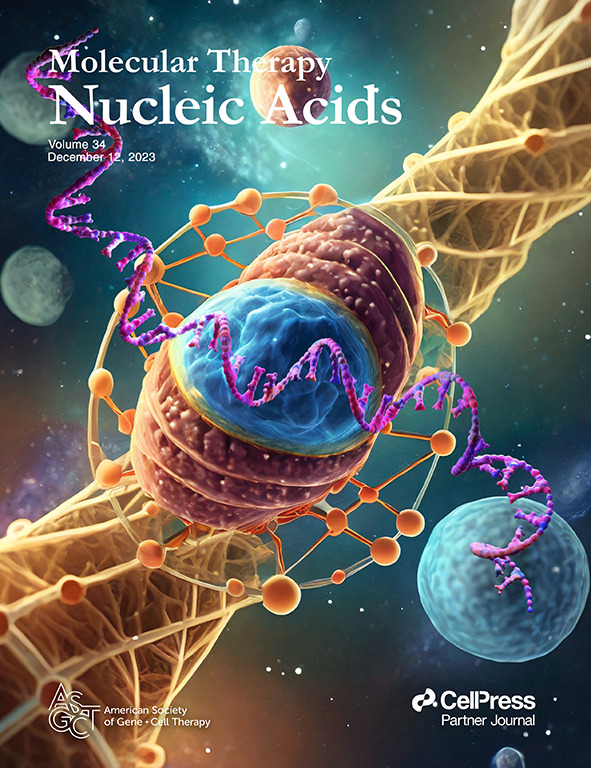Quality by design for mRNA platform purification based on continuous oligo-dT chromatography
IF 6.5
2区 医学
Q1 MEDICINE, RESEARCH & EXPERIMENTAL
引用次数: 0
Abstract
Oligo-deoxythymidine (oligo-dT) ligand-based affinity chromatography is a robust method for purifying mRNA drug substances within the manufacturing process of mRNA-based products, including vaccines and therapeutics. However, the conventional batch mode of operation for oligo-dT chromatography has certain drawbacks that reduce this process’s productivity. Here, we report a new continuous oligo-dT chromatography process for the purification of基于连续寡聚-dT 色谱的 mRNA 平台纯化质量设计
以寡聚脱氧胸苷(oligo-dT)配体为基础的亲和层析法是在以 mRNA 为基础的产品(包括疫苗和治疗药物)生产过程中纯化 mRNA 药物物质的一种可靠方法。然而,寡聚-dT 色谱的传统批处理操作模式存在一些缺点,降低了该工艺的生产率。在此,我们报告了一种用于体外转录 mRNA 纯化的新型连续寡聚-dT 色谱工艺,该工艺可减少损失、提高寡聚-dT 树脂的使用效率并强化色谱过程。此外,还利用质量源于设计(QbD)框架为新开发的方法建立了设计空间。通过优化批次和连续模式下的工艺参数(PPs),包括盐类型、盐浓度、负载流速和 mRNA 负载浓度,该方法的产率(mRNA 回收率)大于 90%,mRNA 完整性大于 95%,纯度大于 99%。与批次色谱法相比,连续色谱法的生产率估计提高了 5.75 倍,操作成本估计降低了 15%。此外,QbD 框架还被进一步用于绘制关键质量属性和关键性能指标之间的关系图,作为关键工艺参数和关键材料属性的函数。
本文章由计算机程序翻译,如有差异,请以英文原文为准。
求助全文
约1分钟内获得全文
求助全文
来源期刊

Molecular Therapy. Nucleic Acids
MEDICINE, RESEARCH & EXPERIMENTAL-
CiteScore
15.40
自引率
1.10%
发文量
336
审稿时长
20 weeks
期刊介绍:
Molecular Therapy Nucleic Acids is an international, open-access journal that publishes high-quality research in nucleic-acid-based therapeutics to treat and correct genetic and acquired diseases. It is the official journal of the American Society of Gene & Cell Therapy and is built upon the success of Molecular Therapy. The journal focuses on gene- and oligonucleotide-based therapies and publishes peer-reviewed research, reviews, and commentaries. Its impact factor for 2022 is 8.8. The subject areas covered include the development of therapeutics based on nucleic acids and their derivatives, vector development for RNA-based therapeutics delivery, utilization of gene-modifying agents like Zn finger nucleases and triplex-forming oligonucleotides, pre-clinical target validation, safety and efficacy studies, and clinical trials.
 求助内容:
求助内容: 应助结果提醒方式:
应助结果提醒方式:


